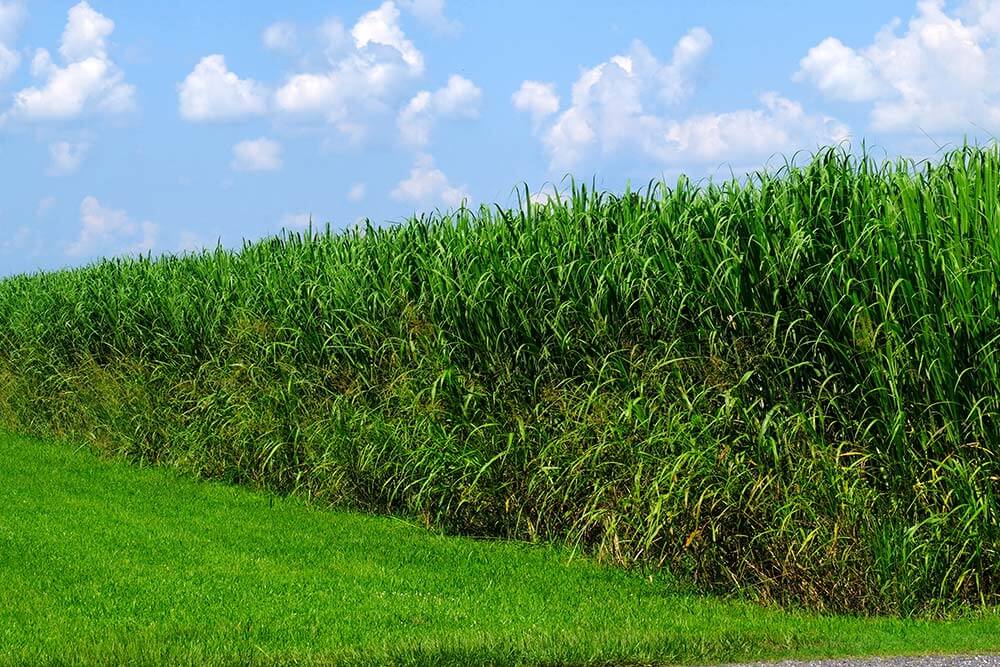What is a watershed?
We all live in watersheds. A watershed is an area of land that drains to a common outlet, such as a bayou, a river, a lake, a bay or the ocean. The boundary of individual watersheds depends on the elevation of surface features of the land. A divide separates two watersheds. A ridge or levee can create divides that cause rainwater to flow into one watershed on one side and into another watershed on the other side of the ridge. All of the water that falls in the same watershed flows out of the watershed through a single outflow point.
How can the concept of watershed be used to improve water quality?
The watershed concept is very important. It enables us to think in terms of water and land uses that are contained within a finite area of land. The watershed consists of surface water– lakes, streams, reservoirs, and wetlands– and all the underlying ground water. Only rainwater that falls within the watershed will affect the water quality in waterbodies within that watershed. Land uses are the sources of specific types of pollutants. If you identify and measure those same pollutants within your watershed, then there are a finite number of land uses that can be the sources of those pollutants. In addition, since watersheds have only one outlet that all of the smaller streams drain to, then this becomes a strategic place where the watershed can be monitored and characterized.
The Barataria-Terrebonne National Estuary Program area is a watershed.
The boundary of the BTNEP watershed is delineated by man-made divides called levees and the Gulf of Mexico. On the east side is the west guide levee of the Mississippi River; on the west side is the east guide levee of the Atchafalaya River; on the north side is the south levee of the Old River Control Structure; and on the south side it is bounded by the Gulf of Mexico. Major land uses with the BTNEP watershed are row crop agriculture (sugarcane, soybeans, and corn), urban, bottomland hardwood forests, deciduous wetland forests, and some aquaculture.


